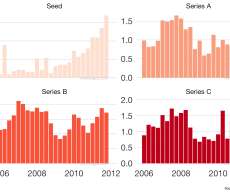The Virus Survival Strategy For Your Startup
Steve Blank
MARCH 17, 2020
Next, take a look at your actual revenue each month – not forecast, but real revenue coming in each month. If you’re an early stage company, that number may be zero. Subtract your monthly gross burn rate from your monthly revenue to get your net burn rate. What are the new financial metrics? Laying off people?












Let's personalize your content